Surviving in the wilderness can be very hard, but only if you are not prepared. When it comes to surviving it is all about what you know and how you are using what you have learned about the world around you. Potential to survive lies in almost everything around us – the same goes for food alternatives when your food supplies are close to an end or are slowly turning in the last can of beans.
You need food in order to be able to survive and obtain your strength while you are surviving. Survival fishing is one of the skills you will have great use of when it comes to having your food supplies running out. Find a place near a pond, river, or stream and try out your fishing techniques so you will definitely be prepared when the time comes. Read our article on beginner’s guide to fishing to learn more.
Are you prepared?
If you are out there surviving with a full bug-out bag brought with you and well planned out, you are probably carrying your basic equipment for fishing – this is the best-case scenario possible. Make sure that when you are planning your bug-out bag that you can include some of the most important parts of fishing gear you could use in the wilderness and during survival.
Fishing lines and hooks in your bug out bag
It would be fairly complicated and difficult to carry the entire set of fishing equipment with you as there are lots of other things you need to include in your bug-out bag. That is precisely why you won’t be able to carry your fishing rods. You can, however, bring a couple of things from your fishing equipment that takes little storage space. Make sure you bring swivels, hooks, small weights (you need that for adding weight and balance to your alternative “fishing rod”), and of course lines.
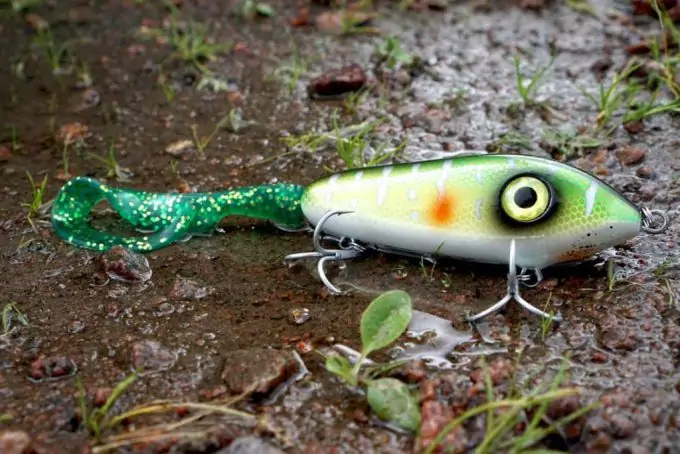
That would be just enough to help you catch some fish and will not take much storage space. We recommend you bring a large set of hooks as you will sometimes need to set up more than just one line – let’s say you are in a hurry and you need to try and catch a whole bunch of fish over a short period of time. Also, make sure to include at least 2 reels of the line (long reels).
Make your own fishing rod
You can use the lines and hooks you have by tying the lines to a tree near the area you are fishing in – you can attach more than just a couple of lines if you came well prepared and improve your chances of catching more fish. However, if you want to have complete control over your lines, you can make your own fishing rod.
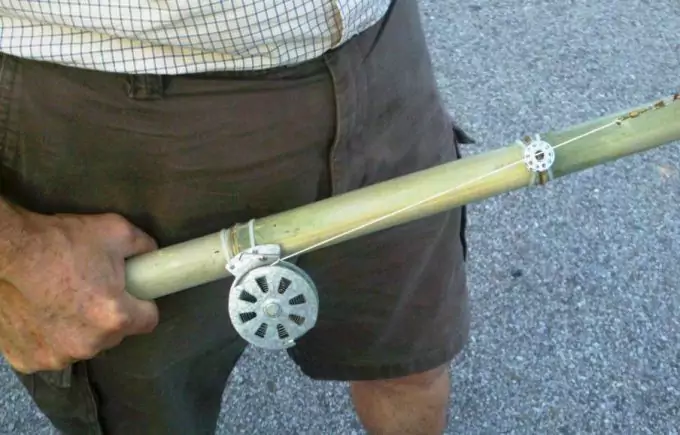
This is fairly easy to be done as you can make a fishing rod almost out of anything you can find around the woods. You can use different animal parts like long bones if you are lucky enough to find some around the woods, but tree branches would also doo great. When choosing the right branch for your fishing rod, it is better to go for green poles as the green poles are more flexible than old branches.
Attach your line to the pole you have by tying it into a knot to the tip of the pole and attaching the hook at the other end of the line. You have your own fishing rod!
Using drift net
If you are an active fisherman you couldn’t have missed the fact that fishing with drift nets is illegal. Although fishing with drift nets was once a popular thing among fishers, now you can end up in jail if you use it for fishing. We are not suggesting that you start using this fishing technique for everyday fishing – we are just recommending drift nets in states of emergency and different SHTF scenarios.
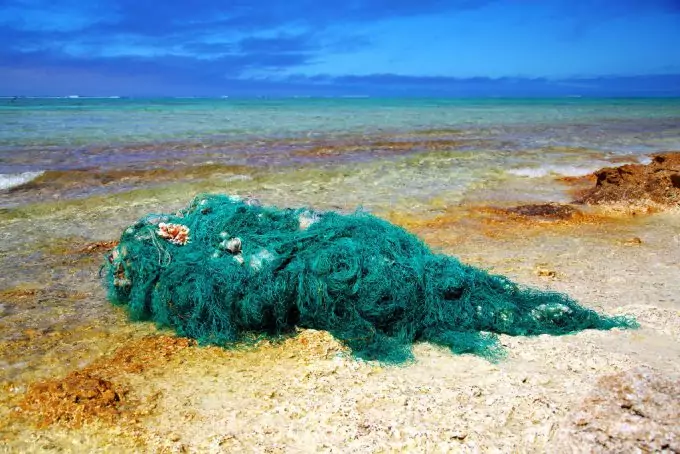
Drift nets can be found at under 40$ in online stores and can make a great addition to your bug-out bag. In case of the economic collapse or another SHTF scenario, you could use drift nets without consequences.
The reason we recommend drift nets for states of emergency is that this net can catch large amounts of fish in a short time. That way you are enabled to feed the entire group of people in no time or catch the amount of fish that will last you and your family for days.
Note that only using drift nets is illegal – owning one is perfectly legal, so you can purchase a drift net and keep it stashed for any potential SHTF scenario where you could have great use of it. You might want to consider buying more than one drift net so you could make sure you are prepared when the emergency calls for it. There are a couple of different sizes of drift nets are available, so you can choose the one that suits you the best.
Shallow pools and natural poison
Poisoning fish is illegal and should not be practiced in any circumstances except if you are surviving during the most vigorous SHTF scenario. When we say natural poisons, we thereby mean that there are a couple of things you can find in certain areas that can harm fish and enable you to have your survival dinner. Poisoning fish with natural poison is one of the survival fishing techniques that should only be used in the state of emergency – there should be no exceptions but this one.
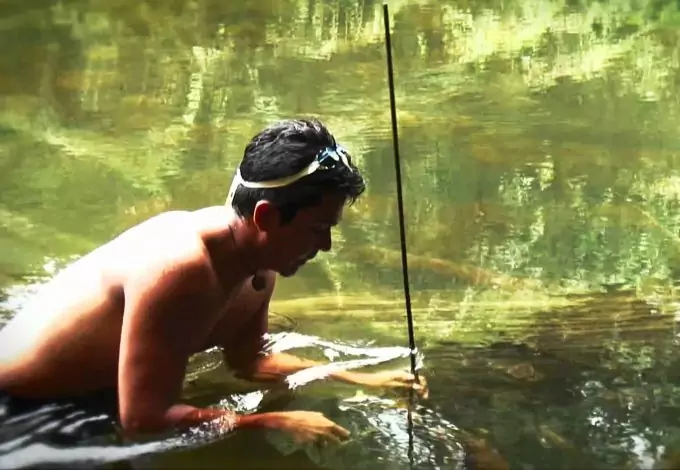
You will only be able to poison fish found in shallow small-sized pools in the river, lake, or in the sea. This is the case because larger amounts of water and the presence of the water current will neutralize the poison.
If there is a walnut around the area where there are also shallow pools with fish waiting to be caught, you should look for young nut husks. Nut husks from wall-nuts, if used in larger amounts can be used to poison the fish – it will not harm you unless it is digested.
Another way of catching fish by poisoning it is by making a powder out of seashells. That powder is harmful to the fish and it is not hard to be made. You will make the seashell powder by burning the seashells to the point where they are easy to be crushed. If used in shallow pools, this powder will poison the fish.
Besides these two methods, there are a number of different plants that can be used for this purpose and cause the same effect. You only need to do research when preparing as you need to know what to look for and where to look for. When doing research make sure to check that the plants used will not harm your health. Note that if you are allergic to shellfish do not use the seashell powder for poisoning fish as it may trigger an allergic reaction.
Spear fishing
Spearfishing can be very effective and it proved to be a great way of catching fish over the ages of being used as one of the many fishing techniques. The thing with spearfishing is that a spear is very simple and easy to be made. It can even be crafted out of things you can find around, some of which you probably have in your bug-out bag – like strings, ropes, or blades.
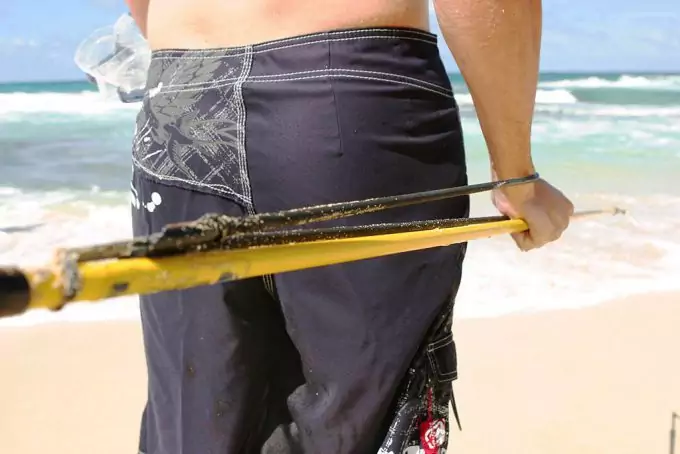
You can easily make a spear if you have a knife with you – and you most certainly do since you are out with a fully equipped and well-planned out bug-out bag. Find a branch – use the fresher branches as rotten and dry might and will most definitely break. You can use your knife to sharpen the tip of the branch to be as sharp as a tip of a spear and use that for spearfishing.
Another alternative is to have a rock modified to be sharp – you can do that by rubbing it in different appropriate angles in another stone. Don’t use your knife so you wouldn’t damage it. You can use a piece of rope to tie the sharp stone to the tip of a branch and use that type of alternative spear for fishing.
If you have a blade or two extra with you, you can make a small gap into the tip of the branch – the gap should be long and wide enough for the blade to fit in, but still should be made tight to prevent the blade from falling out. You can also use this type of spear for fishing effectively.
When spearfishing, you will use shallow pools where fish can often be found. The best time for spearfishing – to make it easier for you to catch your food – is the time when fish are slower and less aggressive. You can fish with a spear in the early morning when fish are still lazier than during the rest of the day. Aim for one fish and strike when the time is right. Be patient when trying to catch fish with a spear as you don’t want to make all the fish getaway.
Fishing with your bear hands
When there is no other way of catching a fish, you will need to do it with your bare hands. Although it may sound impossible, catching fish with nothing but your hands is more than real. As fish has fairly slippery skin with scales spread across their bodies, it may be the case that the first one (or more) slips out of your hands. You don’t need to hold them tight while catching them as the chances of having them slipping out are increased that way.
You will hold the fish gently but act fast when catching them in the water. Be patient and wait for the right moment. It would be good to bring a bucket or something similar with you to help you out in preventing losing the fish back to the water – when the fish starts slipping just toss it into the bucket.
Making walls
If you have decided to make a camp somewhere near the water, you might as well have some time to spend on building a wall for easier fishing. You can make a dam out of tree trunks and have fish fooled into heading towards the dam as they will not notice the flow of the water is being interrupted by an obstacle – your dam.
To catch fish you will stand by the dam and wait for the fish to come your way. You can then spear the fish or catch them with your hands – the dam will surely make it easier for you to catch them.
To make this technique work better, you can choose the edge of the water by the coast where fish are congregating.
Where to fish?
Not all water areas are rich in fish, whether we are talking about lakes, rivers, or oceans. You need to know where to look if you want to feed yourself and your family. In order to catch fish, you need to look for specific areas where fish are gathering. Fish tend to change places even depending on the time of the day so it may occur that some species of fish are congregating around the shore in the evening while they tend to spend their time swimming in the center of a lake/river/sea during mornings and afternoons. For some useful tips on the river fishing, see our article on this important topic.
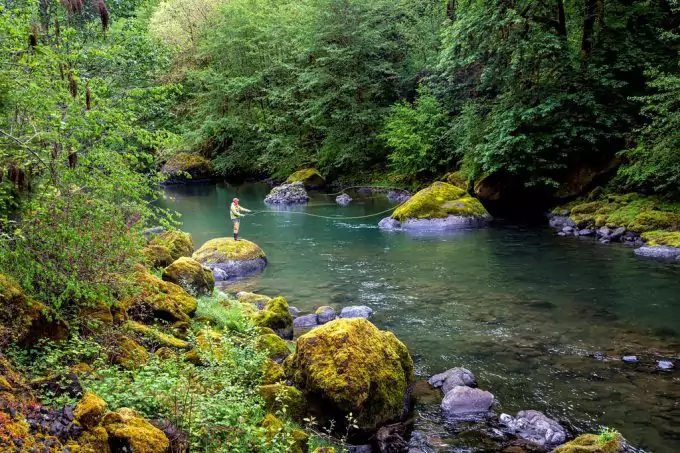
Driven by their instinct, most fish will look for cover as swimming in water weeds and grass gives them a sense of security. You will be able to find fish around the lily pads, weed, and grass as they are more likely to hide out there. Fish will also look for cover around tree trunks and rocky foundations that can be found near the shore.
The only problem with fishing for food around water areas with grass and weed is that your hook might get tangled up. Also if you are trying to spearfish or fish with your bare hands, it will be difficult for you to do so as visibility is significantly lowered due to the presence of weed and grass. If you are fishing with hooks and lines, you will need to cut the line and use another hook as the one tangled is stuck to the water weeds. This scenario can be avoided if you are careful when tossing a hook and reeling back.
The best possible scenario is to find fish in the clear shallow pools with no weeds around – although the fish you will find there are usually smaller specimens that have not yet learned to be careful. Still, small fish is a choice good enough when your stomach is growling.
Fishing with balloons
Although this might sound a bit odd, yes, you can fish with balloons. The best thing is that you can actually catch fish using this technique. To make things better carrying a pack of 100 balloons takes a little storage space in your bug-out bag – you only need to make sure you bring lots of hooks along with balloons and 2 large reels of line.
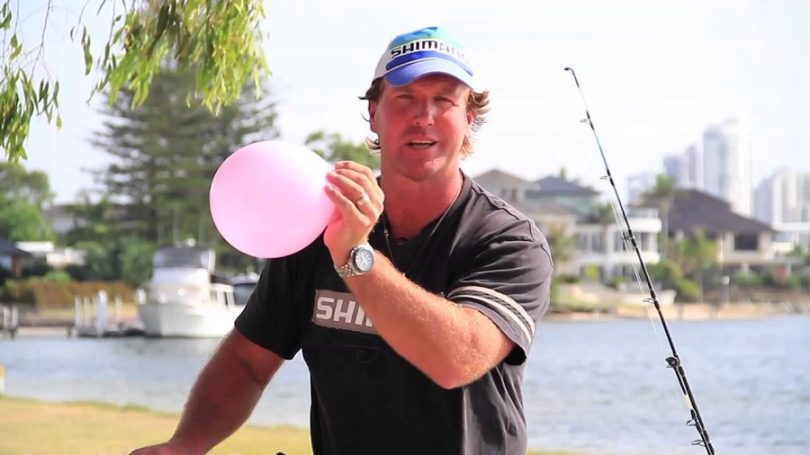
Inflate as many balloons as you like and attach the hook at the end where the hole is once the balloon is inflated and tied up. Attach the lines to the hooks as well and wait. The fish will not be able to take the balloons down to the water as balloons are filled with air and are bouncing on the surface of the water. Balloons in this casework as a floating bait. You can use gray balloons to make your floaters less intimidating for the fish, although many species like vivid colors and are attracted to bright objects.
The only thing that can go wrong is if the hook gets de-attached – this might happen if the fish is more aggressive and larger.
When you feel something is pulling the balloon, just pull back and get ready for cleaning and cooking your meal. This technique is fairly simple, yet creative and effective.
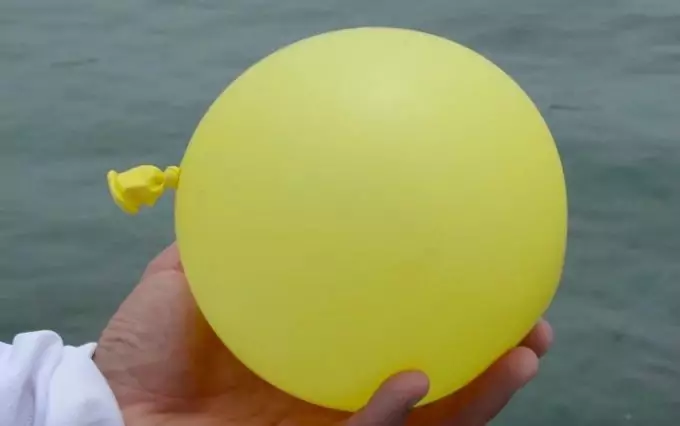
Surviving doesn’t need to be difficult – you just need to know what to do and how to do it. The same goes for survival fishing – fishing for surviving is one of the best options you may have during a potential SHTF scenario as fish is a renewable source of food that can keep you going for a long time to come. The best option possible is to be well-prepared with hooks and lines, and maybe some balloons.
In case you didn’t have time to prepare you can try your luck with making walls for fishing, finding something to replace the line, and making your own fishing rod. Learning how to catch fish with a spear or with your bare hands is also a good option when it comes to survival fishing.
Anything that works the best for you is a good choice when you are surviving during an SHTF scenario – one thing is certain, though: we need food and there are lots of smart ways to get it.
Check out our instructions on DIY fishing poles to help you survive in any place.


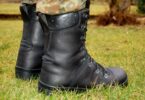

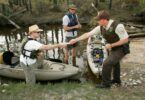
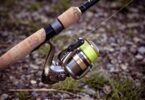
This is a very comprehensive list and I like the bit about the balloons. It’s very interesting. I guess the issue of overfishing should also be discussed as well as identifying if the habitat/lake you are fishing is tainted with industrial wastes.
When you’re fishing for survival I don’t think that you will be in danger of overfishing. However, this is a huge problem in our modern world and should be discussed. Regarding habitats that have been compromised, you won’t find fish living there unless the water toxicity level can be supported.
I remember one time when my friend brought a freaking fishing tent to our camp. It wasn’t the wisest choice on his part. The fishing net is massive and took unnecessary space, and just slowed us down. I mean maybe it is suitable for a permanent camp or maybe for starting a fishing village!
This is great. Sometimes I go fishing with my good friends too. The most fun part for me is the act of catching the fish. I am willing to use whatever I can, even taking different angles. GPS and sonar go hand in hand for most fish. I enjoy fishing as much I enjoy hunting.